Rainspotting
A meeting with Iratxe Gonzalez Aparicio and Harald van der Mijle Meijer at the beach near Bergen aan Zee in the Netherlands on a sunny January day in 2023. To talk about rain and wind in the North Sea. Why? Because the PROWESS project is investigating the relationship between rainfall at the North Sea and the observed damage to rotor blades in existing wind farms.
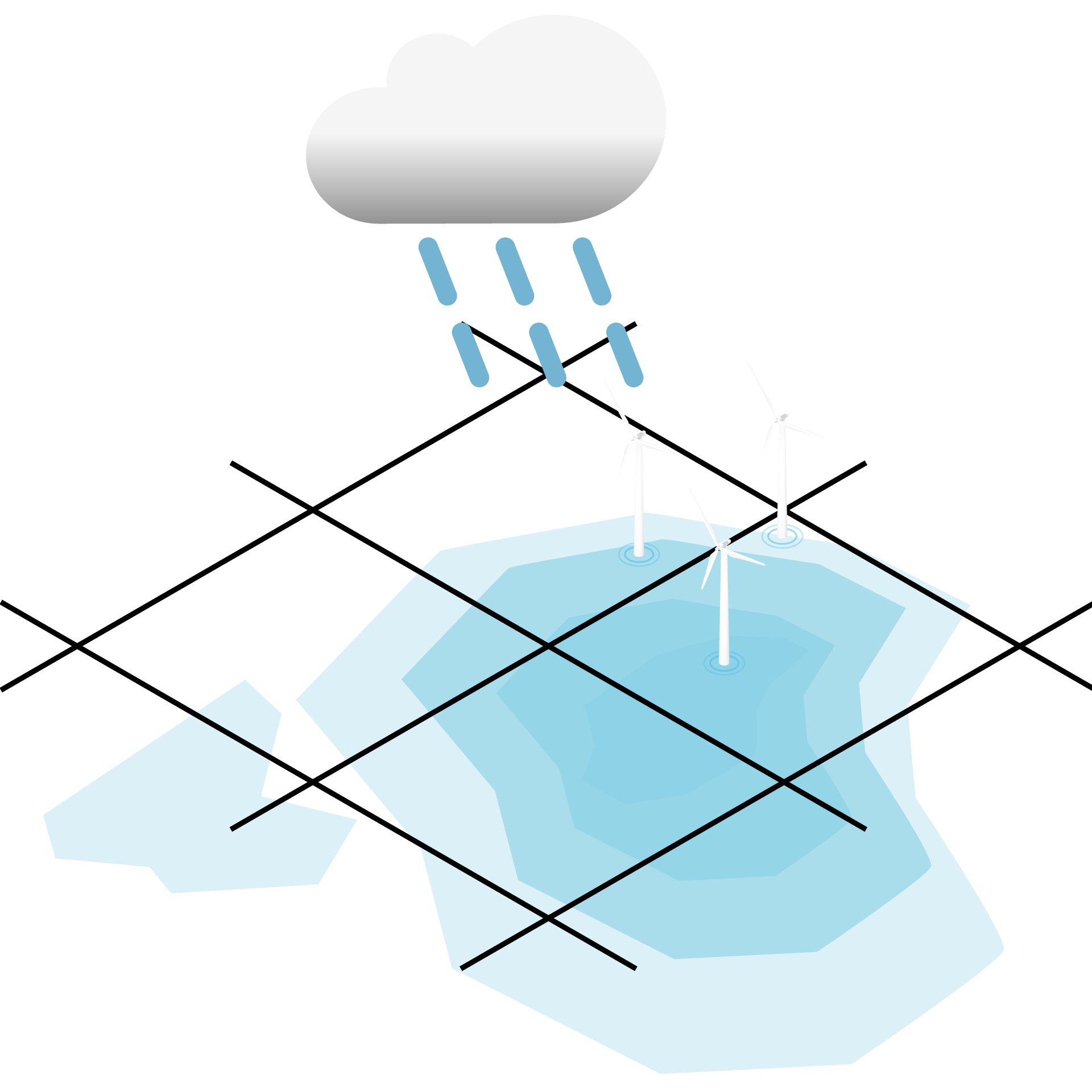
Iratxe and Harald know quite well how raindrops can damage the blade if they collide with the blade at high speed, but a complete correlated dataset of rainfall on the one hand and wind speed and direction on the other is not available. In PROWESS, a precipitation atlas will be made for the Dutch part of the North Sea, and this will be compared with erosion data from existing wind farms.
PROWESS stands for PRecipitation atlas for Offshore Wind blade Erosion Support System.
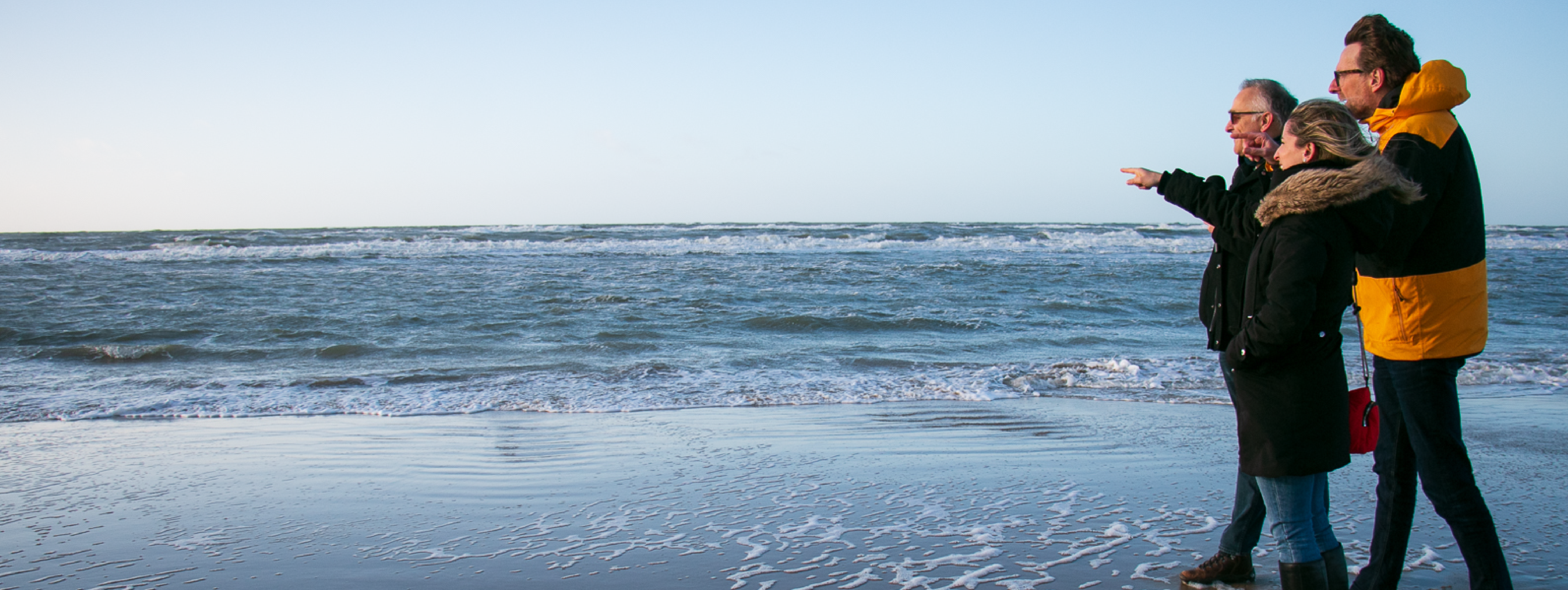 |
|
Unique network
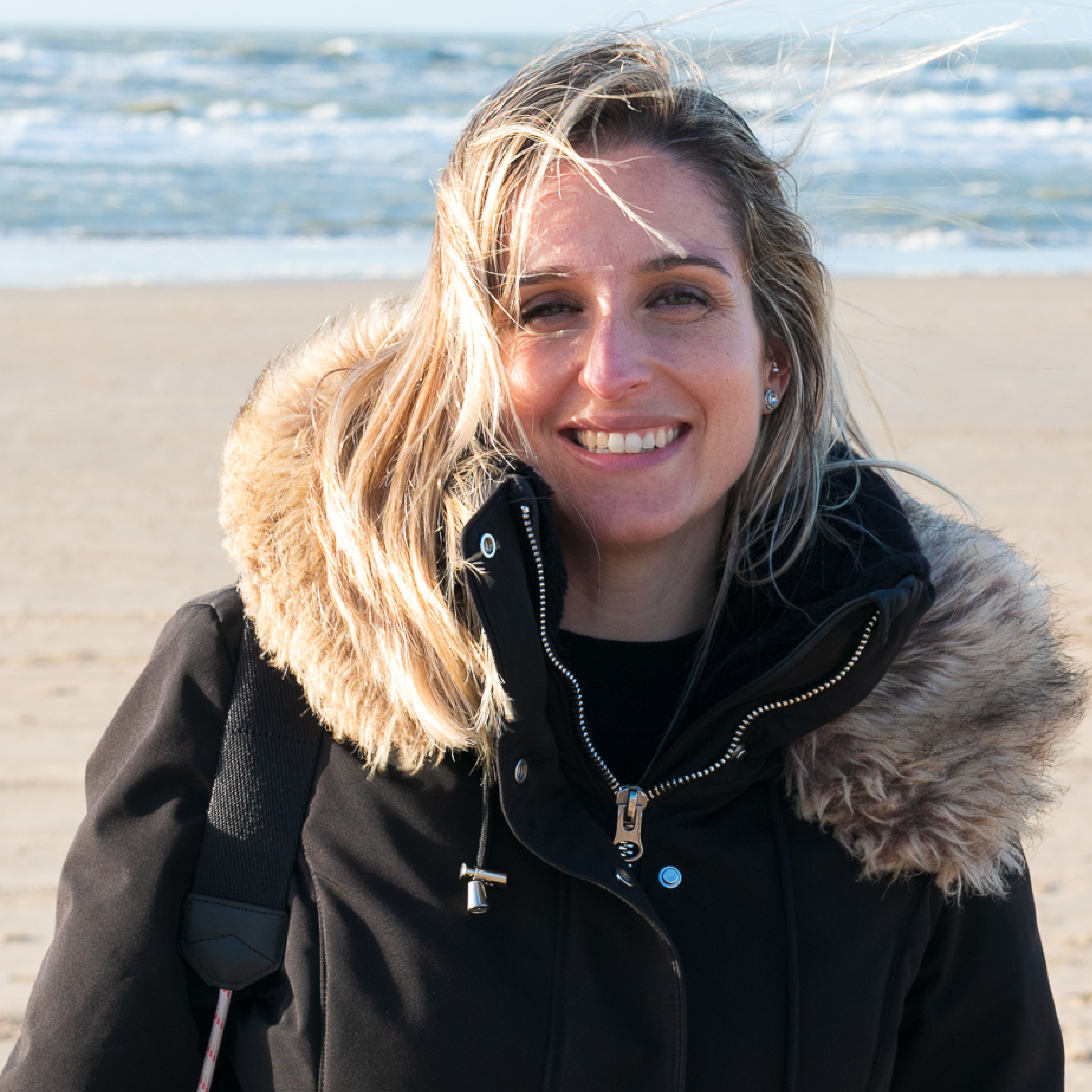
Have a look at Iratxe's profile on LinkedIn
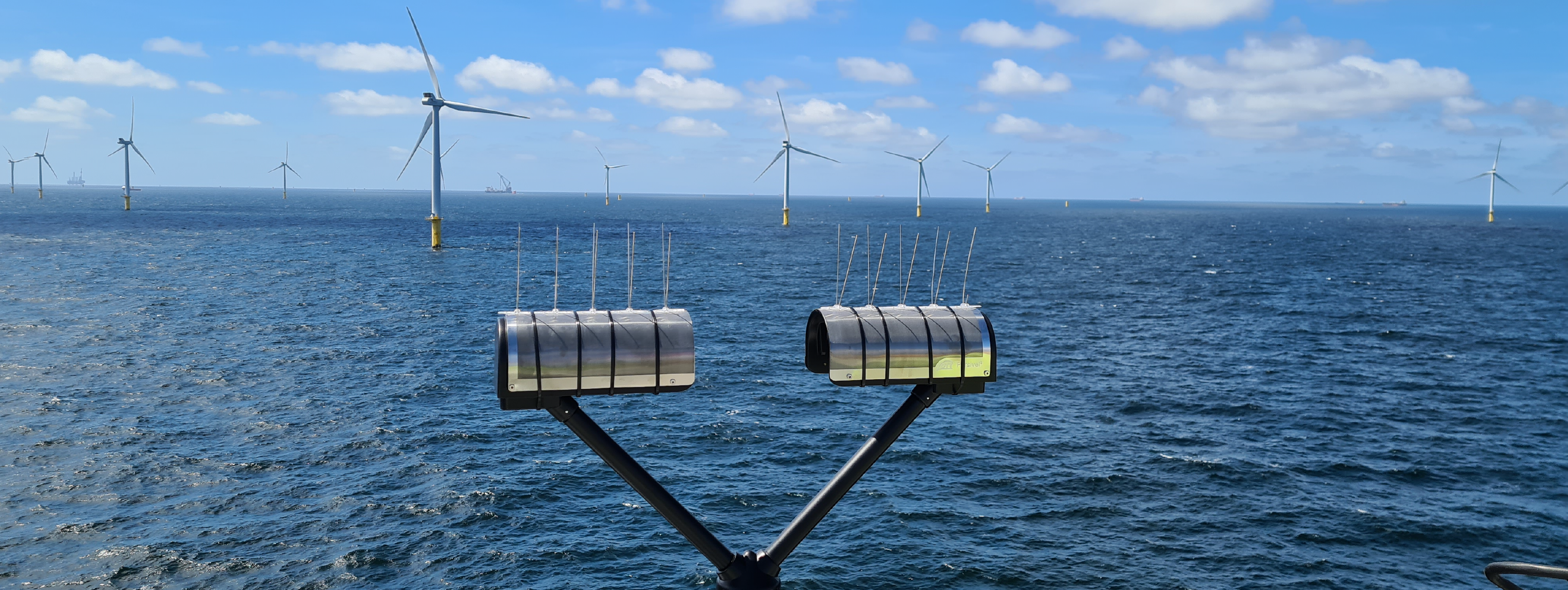 |
|
The impact of rain
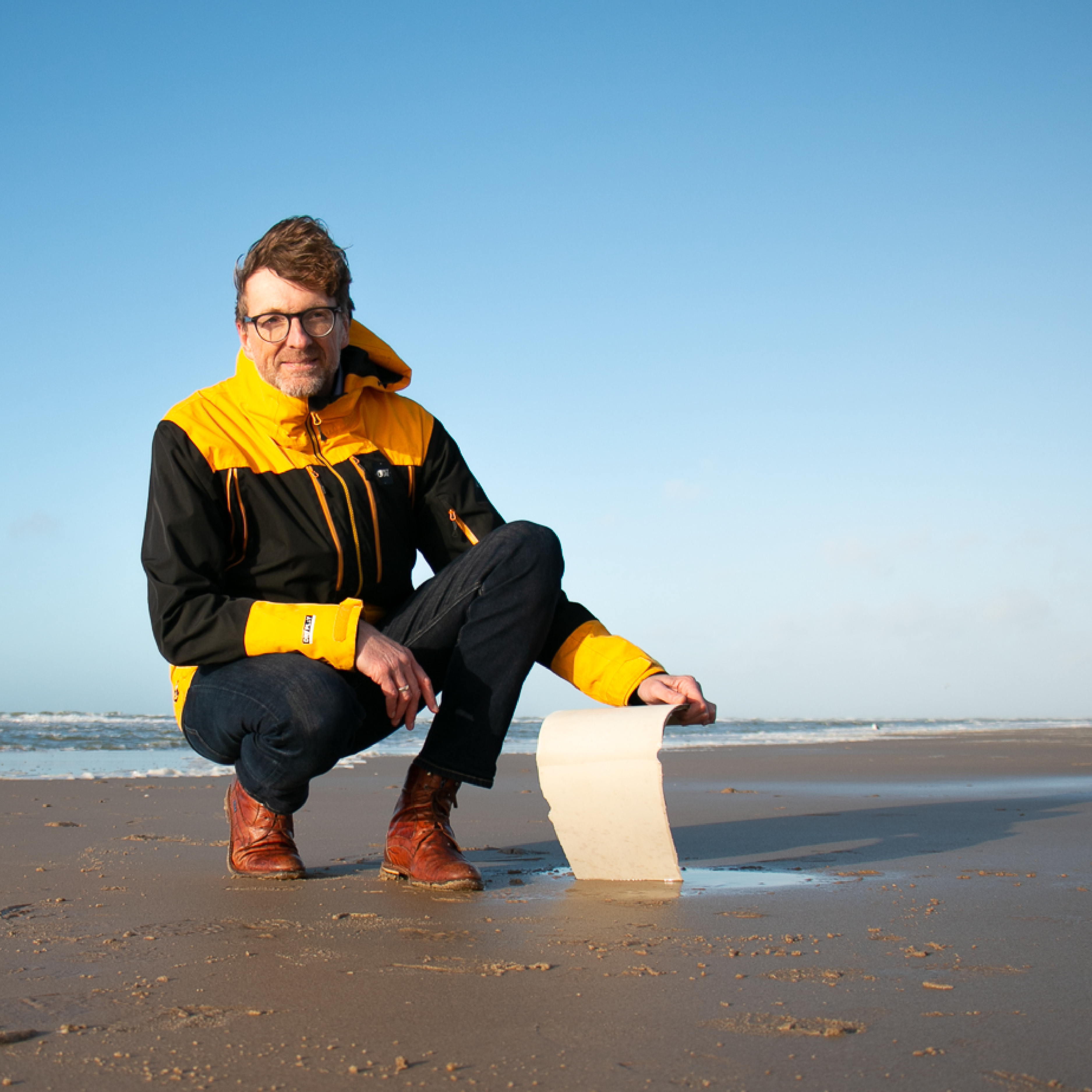
Examples of severe blade damage can be in the form of delamination and pitting into the blade coating. But it can also change the blade’s structural integrity when the damage reaches the composite blade material, resulting in major expensive repairs or even blade replacement. All sorts of damage we would like to prevent all from happening. This can be prevented by applying leading edge protection systems such as coating or by reducing the tip speed in certain harmful precipitation events.
Did you listen to the GROW-to-GO edition about WINDCORE.
Have a look at Harald’s profile on LinkedIn
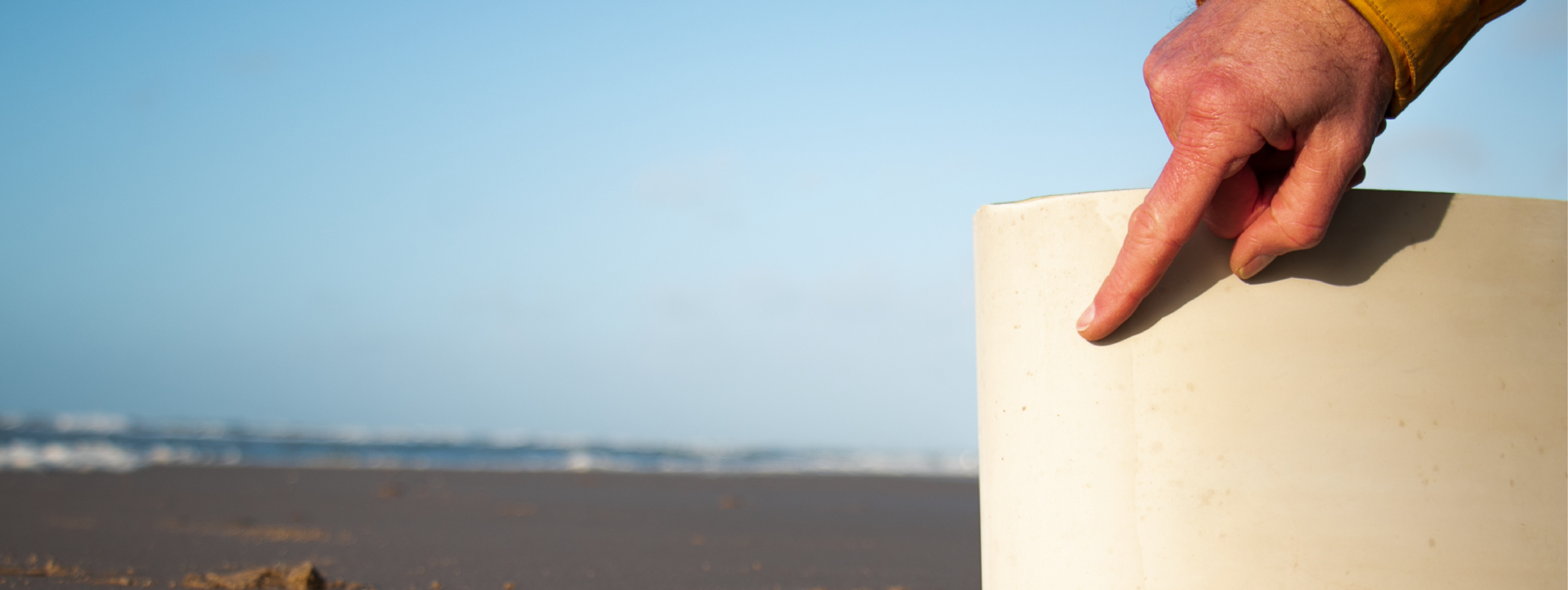 |
|
It’s the combination of wind and rain
So, to protect the wind turbine blades in the future, we need to know more about how much rain falls, with what wind, droplet size, amount and impact speed and at which part of the North Sea. Therefore, a network of sensors has been installed in six locations in the North Sea and along the coast. Several are installed at offshore oil and gas platforms and wind farms. This is to find a good overview of the climate patterns from all directions. Iratxe explains what the sensors do: “The sensors measure the distribution of the size of the raindrops. We will correlate the precipitation accurately with other weather data, like wind speed and direction.”
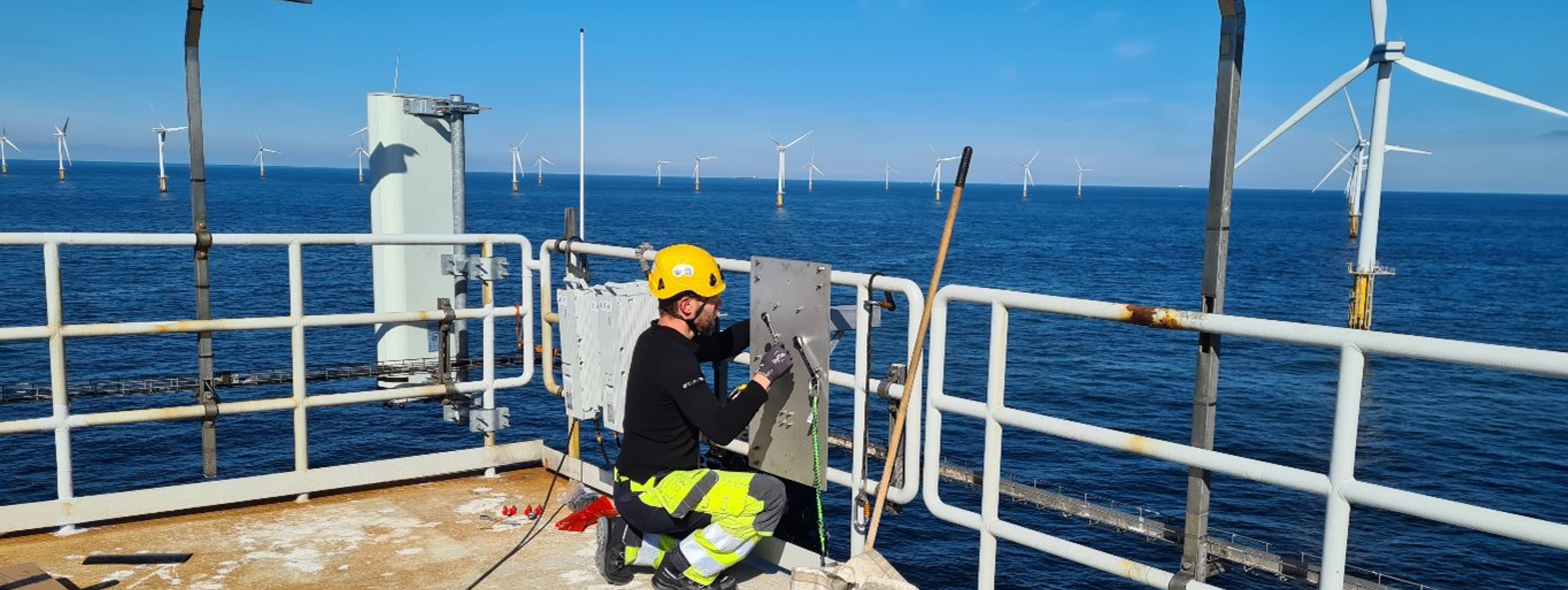 |
|
Harald adds: “Furthermore, it is important to know what type of leading edge erosion mechanism is found in current wind farms. So that we can analyse what kind of precipitation relates to what characteristic damage of the blade leading edge. All this helps us to investigate the impact on leading edge erosion damage over all seasons with a combination of small drops over longer periods or a few heavy showers with a lot of wind. In particular, the current location-specific offshore field data with precipitation and wind, and the condition of the blades provide information that is not yet available.
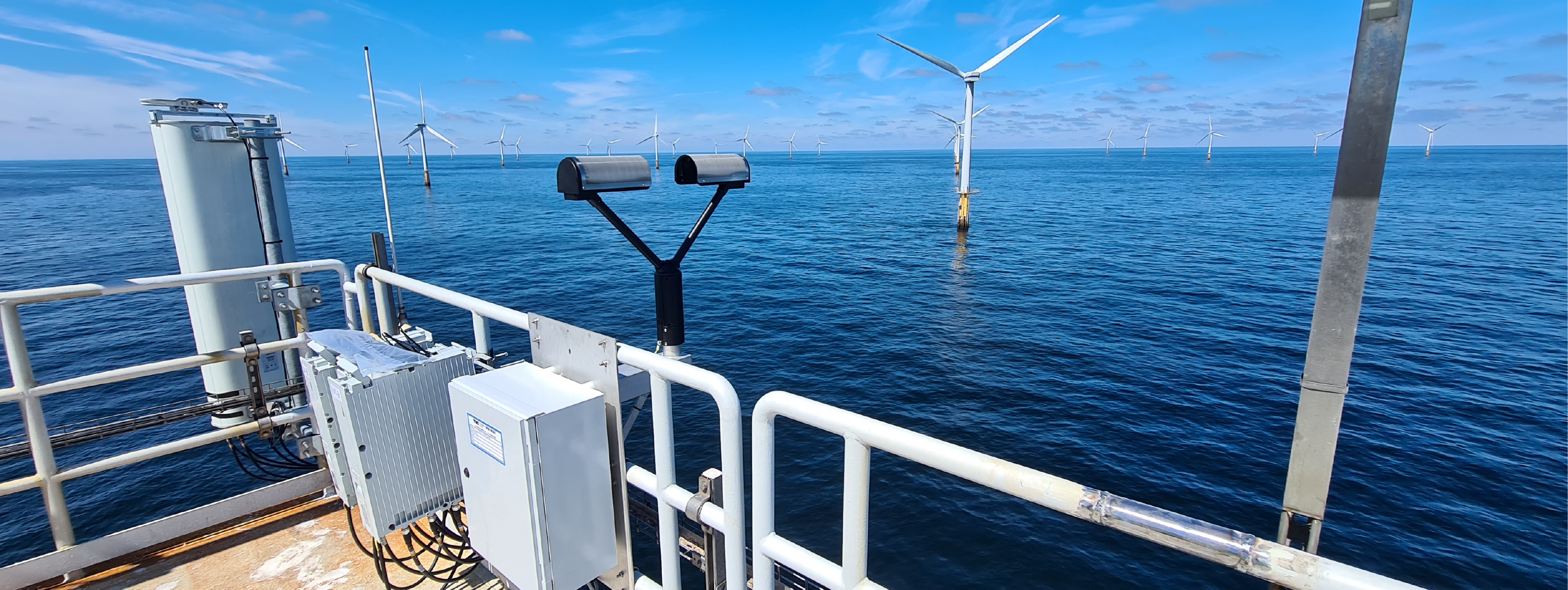 |
|
Currently, the project is in the process of analysing the data. This already leads to beneficial discussions with the industry to find the link between the inspection reports and the data that has been found. Iratxe explains the next steps: “We will continue to collect data and work on defining this correlation. But we will also interpolate our datasets with a precision weather forecasting model and with radar systems. Finally, we would like the Dutch meteorological office KNMI to advise us on their weather stations and how to couple their data with our measurements to have a robust and aligned database.”
KNMI is the Royal Netherlands Meteorological Institute and the Dutch national weather service.
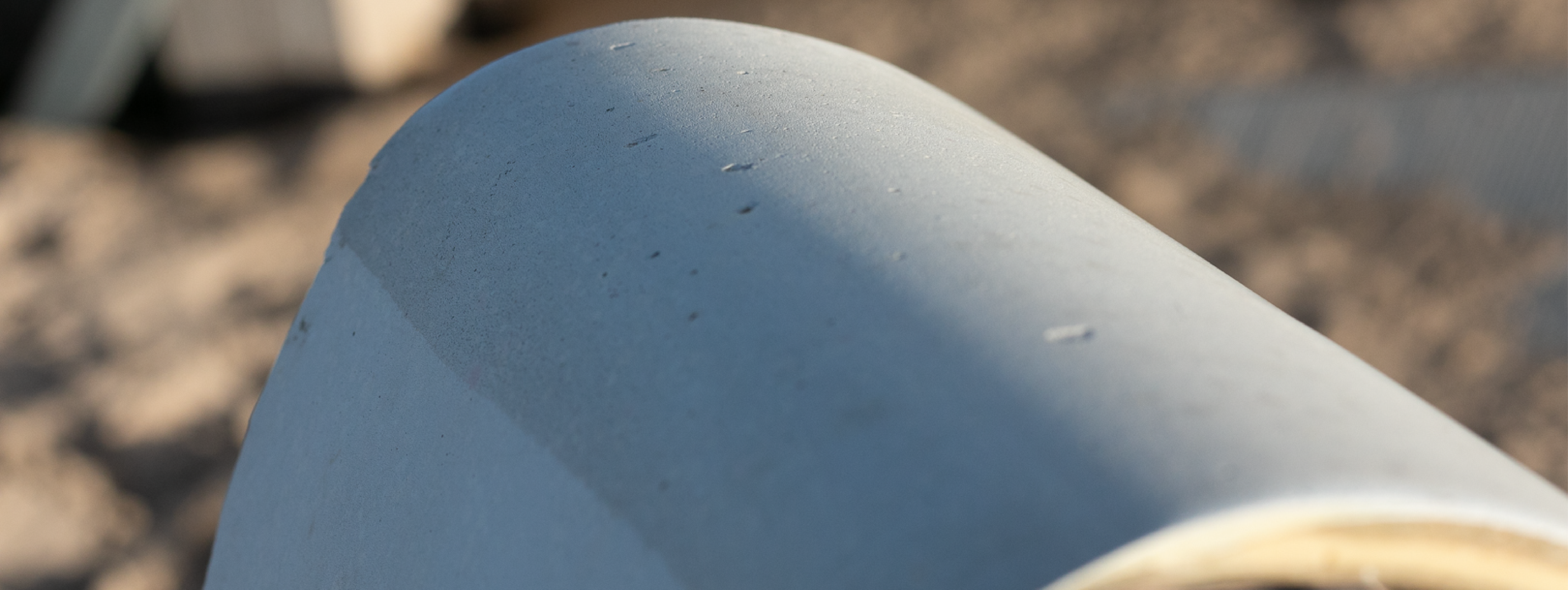 |
|
Harald: “I know that there is no dominant failure mechanism. Not only precipitation but also other variables will probably determine damage. Think of sunlight. The UV radiation level also affects the composites and the polymer coatings by embrittlement. So yes, there are many influences, but this is the first start to valuable information about the general effects of precipitation. TNO already developed models, but we try to match this with the actual data from the field.”
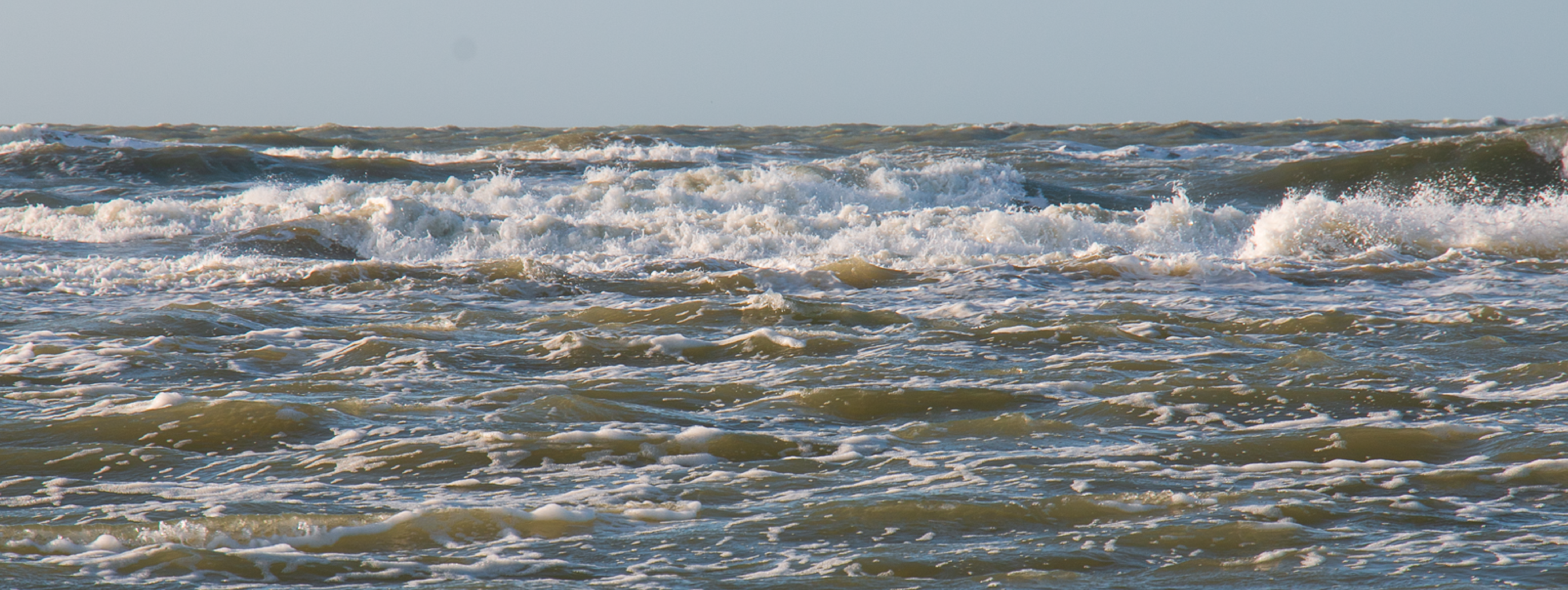 |
|
The Dutch and the sea
In the past, many eyes from everywhere in the world looked towards the Dutch to see how they protected their land against the sea. Once again, “everybody’s looking at us,” Harald says. “Because we are the first to try to find the actual relation between leading edge erosion field data and meteorological data.”
Iratxe: “We will provide a very nice map consisting of different types of rain and the damage probabilities. This will help to understand the impact on the wind farms and the wind turbines, not only the existing wind farms but also for the future deployment of wind farms.” Harald adds: “This will be a very valuable input to decide on the best coating system for the blades of wind turbines in future windfarms at different locations.”
So, the expectations are high: the Dutch project might very well be a new milestone in a long list of Dutch achievements over the sea. And this one will even help lower costs, advancing offshore wind power even more.
Echo: expertise in modelling and observation
Eneco: expertise in project development and operating wind farms
Equinor: expertise in project development and operating wind farms
Shell: expertise in project development and operating wind farms
TNO: expertise in applied research on novel measurement techniques
Whiffle: expertise in modelling and observation
Find out more about the PROWESS
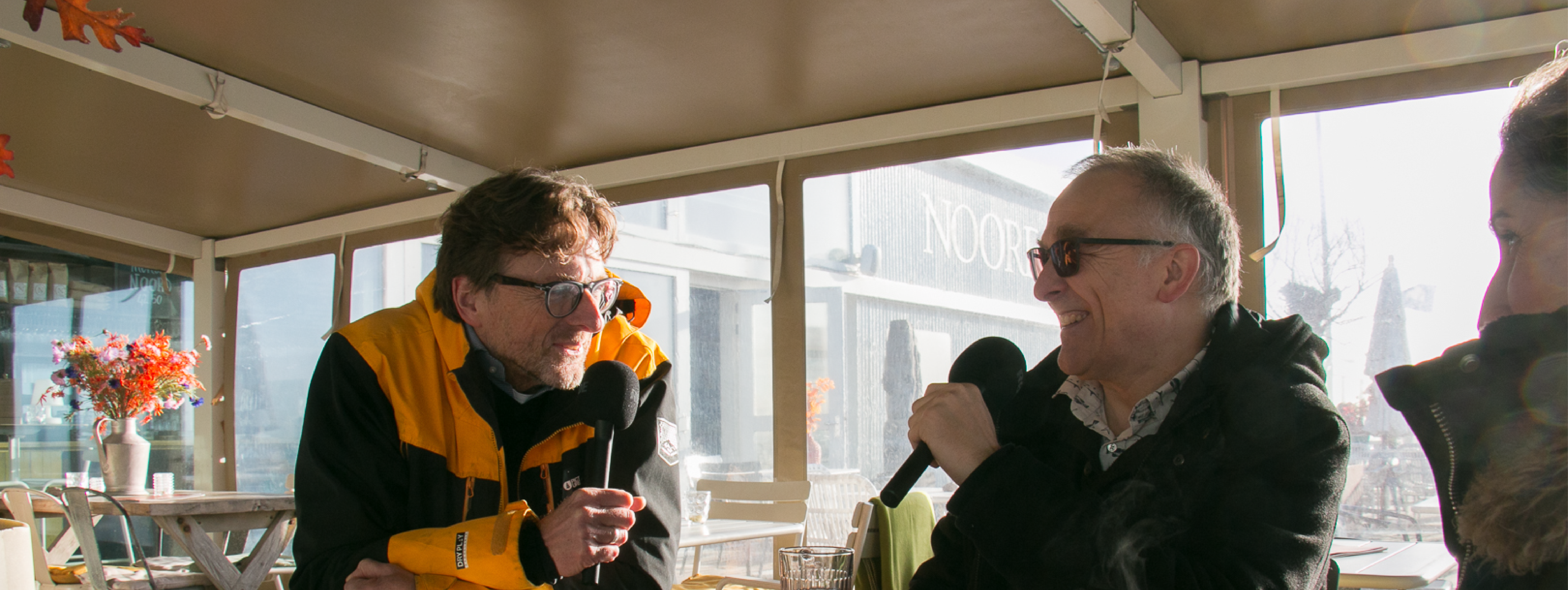 |
|
© GROW ’26